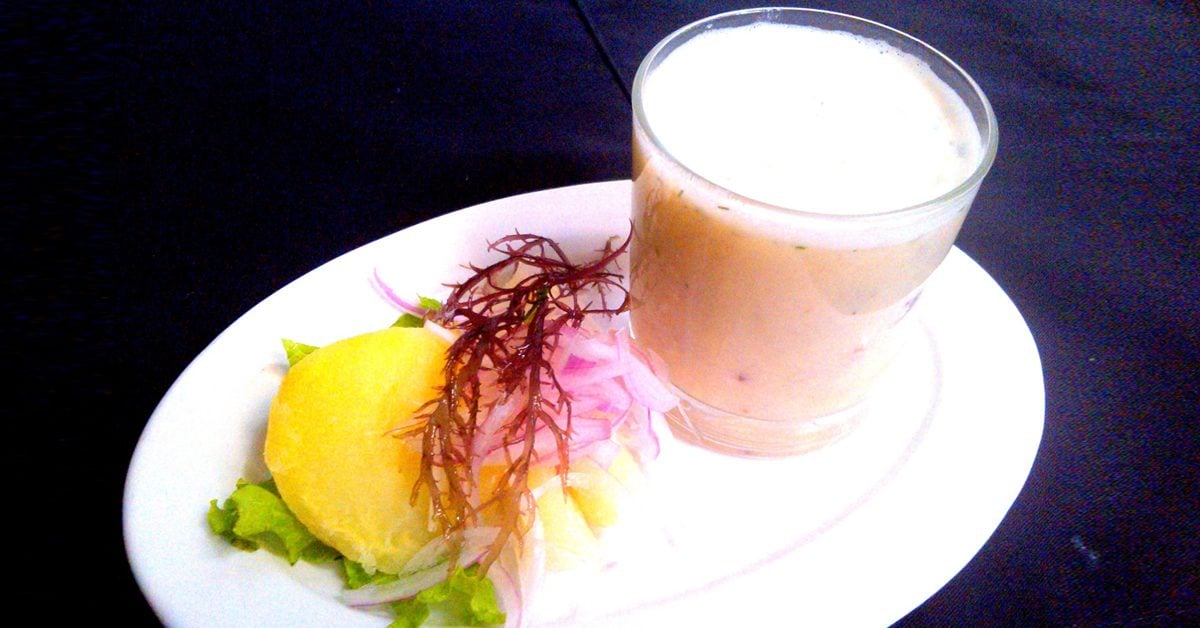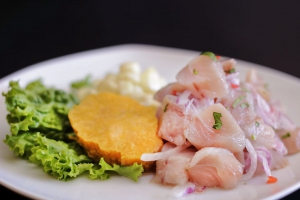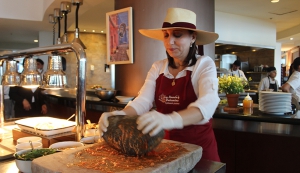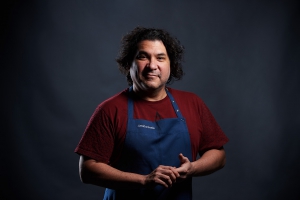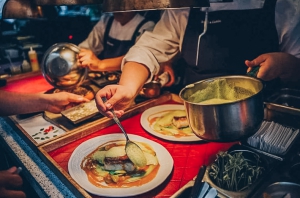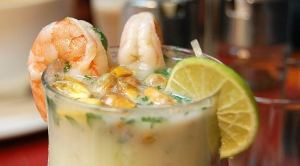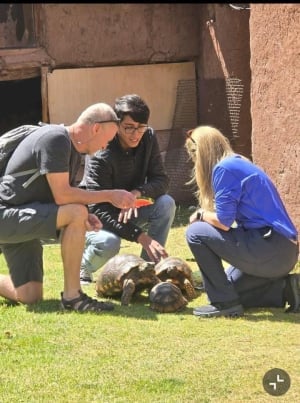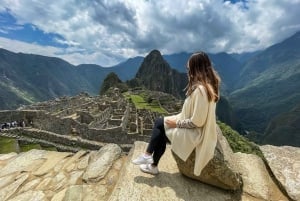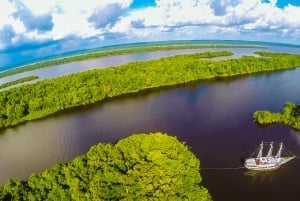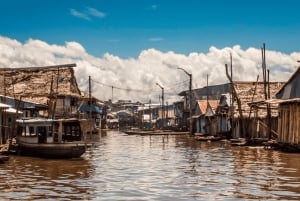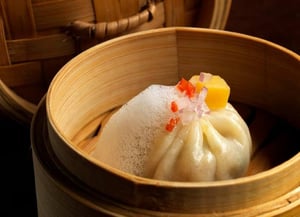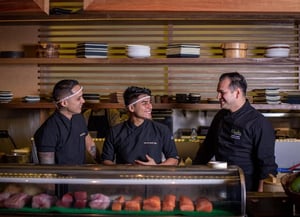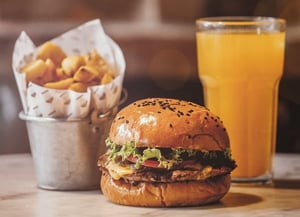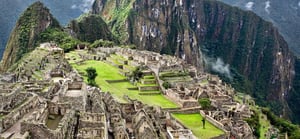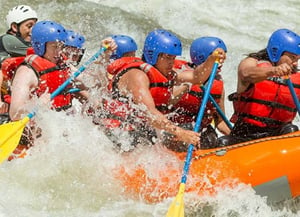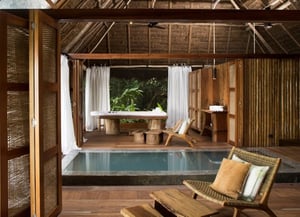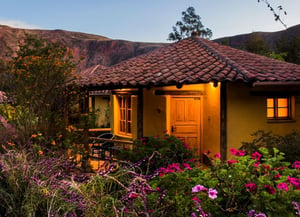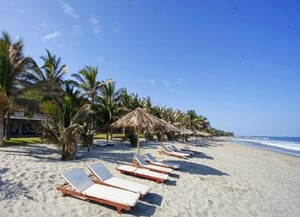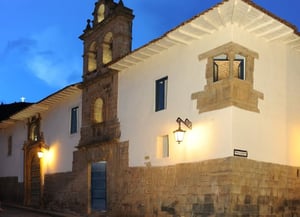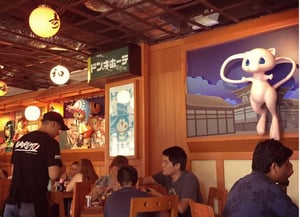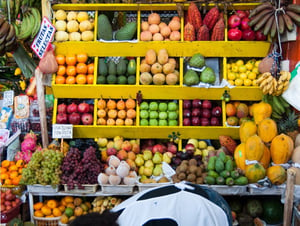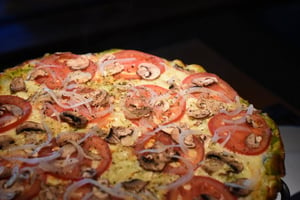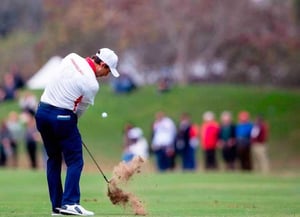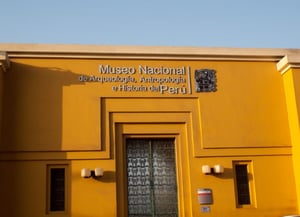Latin America: Lima, The Culinary Revolution 2.0
Book Top Experiences and Tours in Peru:
If youʻre booking your trip to Peru last minute, we have you covered. Below are some of the top tours and experiences!- Cochahuasi Animal Sanctuary ®
- From Lima: Palomino Islands, Sea Lions Swim & Yacht Tour
- From Cusco: Full-Day Group Tour of Machu Picchu
- Tambopata Peruvian Amazon Jungle for Three Days/Two Nights
- From Cusco: 2-Day Lake Titicaca Tour
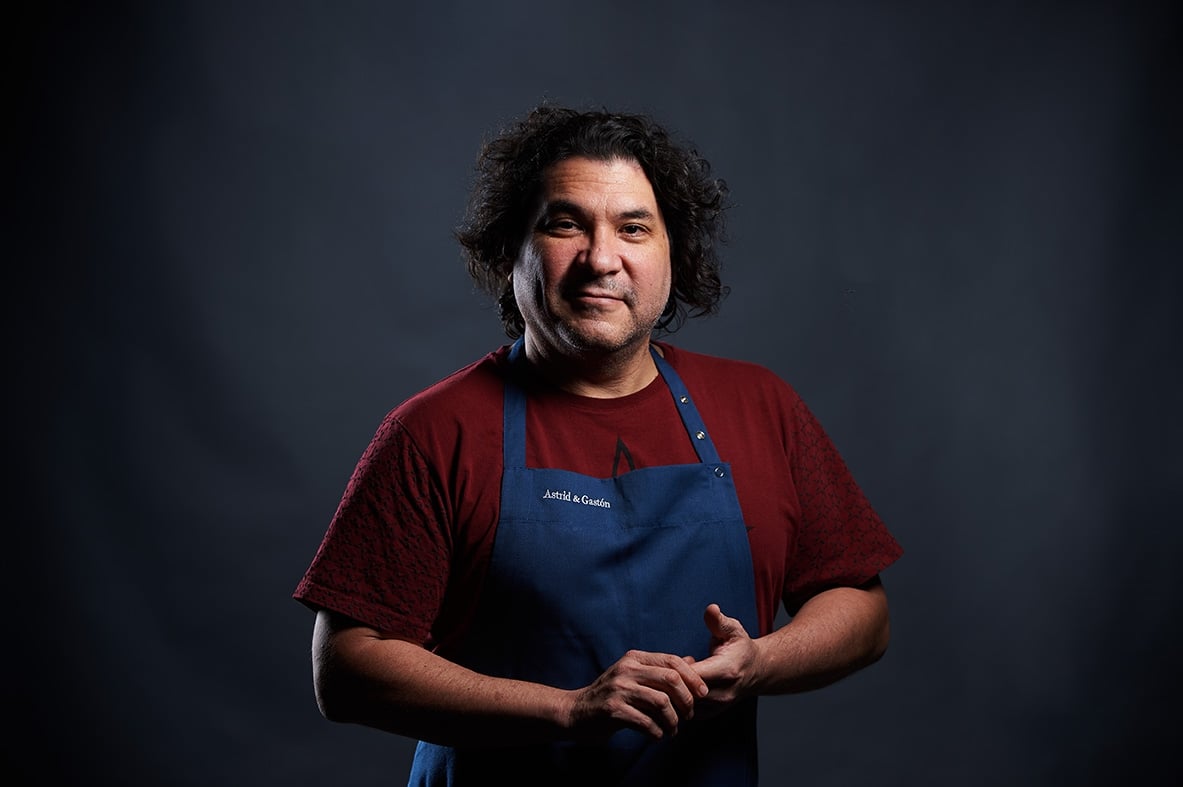
Gastón Acurio
A question that would not take long to confirm: by two o'clock in the afternoon, Rafa and I had stopped at four places to try a little of everything, including Al Toke Pez and La Picantería, two essential to understand the strength of the current offer: the first , a huarique updated by the young chef Tomás Matsufuji, heir to a family of Nikkei cuisine - Peruvian-Japanese fusion -, in a 12-seat place with a very simple menu (fish or mixed ceviche, rice with seafood and chicharrón) , but with impeccable and forceful execution. The Picantería, on the other hand, is a restaurant in shape, also in the Surquillo neighborhood (the picanterías were improvised dining rooms in popular areas), where chef Héctor Solís revives the tradition of these places of yesteryear and pays tribute to food from the sea, letting the product be expressed in the best way, with some simple preparations and other very complex ones from the north of the country. I begin to think that to eat Lima, it takes many more days than budgeted.
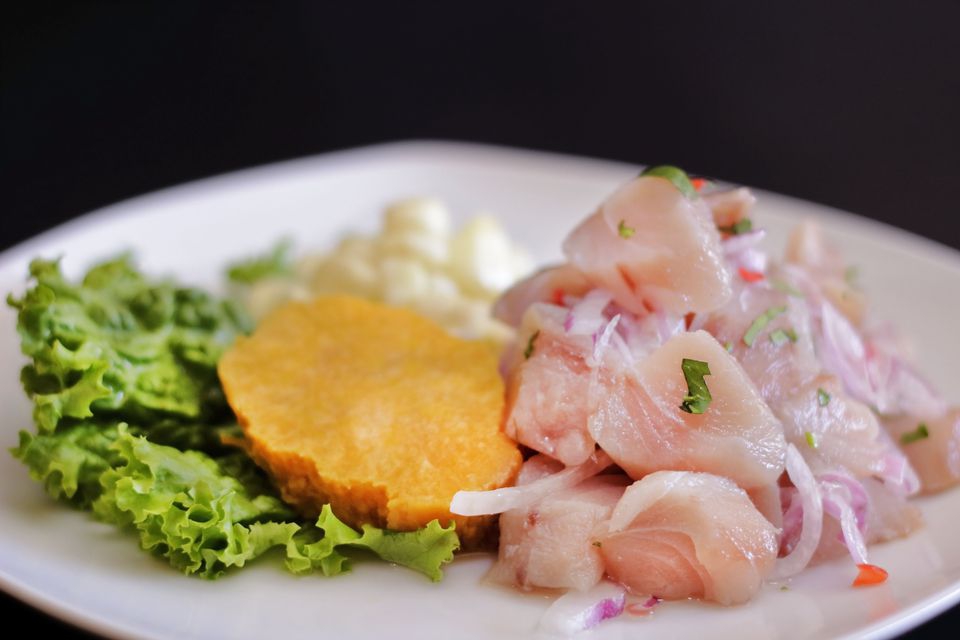
Classic Peruvian Ceviche
A few meters from Barra Chalaca, there is another recent opening space: 500 Degrees, restaurant and wood oven by Jaime Pesaque, whom I met for being also the chef of the newly renovated Mayta. Jaime is a good example of the Peruvian chef who evolved from a traditional base towards a contemporary proposal. "I think that for a time the new values stagnated, but suddenly great young chefs appeared with different, free and current proposals," says Pesaque. Apart from the duck skillet (magret, candied leg, foie and duck egg) with rice and the already famous whole piglet - two of the flagship and most instagrammed dishes of the place -, Mayta must also be entered for its cocktail bar, as the Restaurant is one of the most solid pisco bars to understand the Peruvian drink. Jaime works hand in hand with Raúl Otero, head of the multi-award-winning winery 1615, a Premium pisco project that has invigorated the presence of the distillate in the national tables, both in the revaluation of consumption and knowledge of the various grapes used in the Pisco region, as in the push of pisco as the engine of the country's contemporary cocktails.
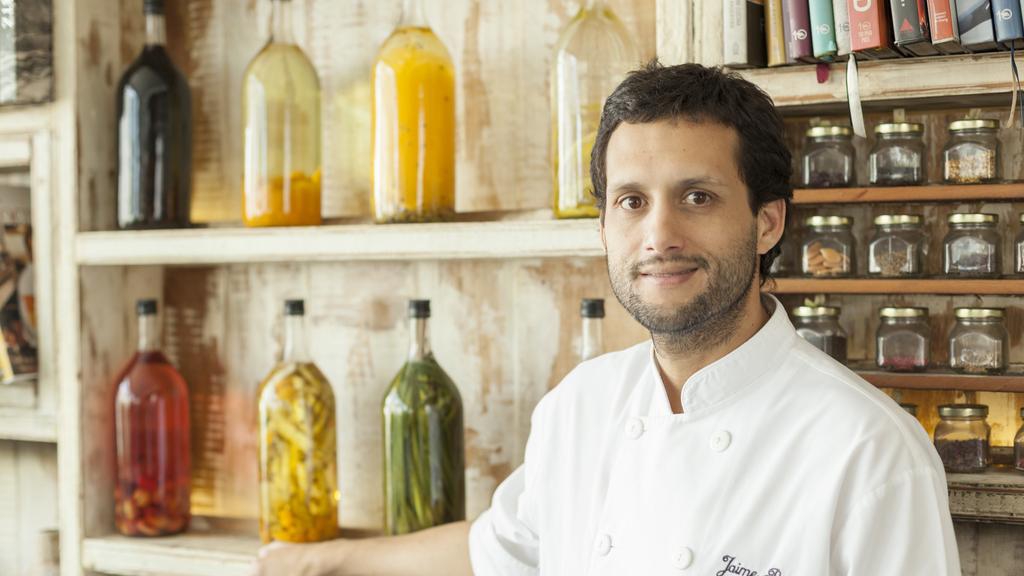
Jaime Pesaque
ODE TO LOCAL INGREDIENT
I share breakfast with Paola Miglio, regional chairperson for The World’s 50 Best Restaurants, gastronomic critic of El Comercio and one of the most respected journalists in the world. Although a censor spirit predominates, Paola is in love with the cuisine of Peru. That is why we are in Mó Bistro, a small restaurant full of light, with a very Peruvian menu in terms of ingredients, but with more casual dishes from the foreign perspective. “I really like what Matías is doing with this concern to demonstrate a more vegetable kitchen, less loaded with protein, taking advantage of inputs that we do not eat,” says Paola while we fit the fork and knife to the sweet potato waffled with guava honey that Shines on the brunch menu. Matías Cillóniz is the archetype of the new Peruvian chef, the one who tanned in the kitchens of the greats (worked a year in Central), in addition to having access to seasons abroad (42 Grams in Chicago, La Terraza del Casino in Madrid), not only working, but also eating and knowing. “It was at a dinner at Le Chateaubriand in Paris that I saw an opportunity and a philosophy of life that resembles mine, so I decided to make a casual restaurant,” recalls Cillóniz. You can go to Mó Bistro at any time of the day. They have a brunch menu, a cafeteria and a bistro, with riskier preparations in a more nocturnal schedule.
Always very focused on the product and with a commitment to sustainability. “We take the restaurant's impact on the environment, industry and our society very seriously,” says Matías. “We give priority to the vegetable, to the local and to our culture and try to break taboos, encouraging less used cuts - bones, tongue, legs - or little used marine supplies - beans, barnacles, mackerel, knives - in favor of sustainability and varied and healthy eating ”. On the table, a warm pickled barnacle with roasted garlic paste, a homemade tongue pastrami and a green tamale with pickled knives little more than spectacular. Matías knows that what he offers is good and is proud to hear it. “Lima is at a very fun time to eat. More refreshing than ever. They had not opened restaurants with different approaches for a long time. It is difficult, without a doubt, to try to sell brains or barnacles, but step by step we gain the trust of the diner, who sooner or later is guided and, ideally, surprised ”.
 Paola Miglio
Paola MiglioThe local product is also being used to express kitchens from other places. Although Lima has had a Fueran influence from a long time ago, especially from Japan and China, today there are new spaces that explore different styles that nurture local cuisine. I occupy a bar seat in the company of Allie Lazar, an American journalist based in Buenos Aires, in Mérito, in the heart of Barranco. On the other side of the bar, Venezuelan chefs Juan Luis Martínez and José Luis Saume, who worked 11 years ago together in Caracas (with Vanessa Franco, the third member) and who just a year ago met in Lima to conquer the diners local. “Five years ago I moved to Lima from Madrid, looking for something that looked more like Venezuela,” recalls Juan Luis, who worked as head chef in Central.
The ingredients and performance are visible from the bar. First, a roasted arepita and a grilled corn with plain cheese, simple, although with those grains of corn that demand a decisive bite, with a lot of character. On the table, there are about 20 different types of potatoes.
Then come the gizzards that cause silence between Allie and me: we must eat them with the awareness of what is happening. They are accompanied by cassava and tucupí (a sauce made from the juice of cassava). The gizzard is perfect, the flavor refers to South America. It is memorable. Finally, custard apple, custard apple, custard apple: three textures of this tropical fruit native to northern Peru. One of those textures is the sealed fruit and is an example of how to enhance a flavor, which is already good in origin, to turn it into a simple dish, but well thought out and better executed. Hard to forget such a bite.
The desktop took place in May, a bar located where Central and Kjolle are located, of the duo formed by Virgilio Martínez and Pía León. “There is a joyful moment, full of possibilities and hopeful, in which women are recovering spaces in an organic way,” says Paola Miglio about Kjolle, the restaurant that led Pía León to be considered the best cook in Latin America in 2018, according to The World's 50 Best Restaurants. In Kjolle the food is shared, which is made with ingredients that result from the extensive research work they have carried out from the Mater Initiative project. For example, the cake "many tubers", which speaks of the diversity of products from different regions of Peru, but in a feminine and sophisticated presentation. There is a lot of technique, although there is also flavor and color. Like Pía, there are women like Arlette Eurlet, from the Matria restaurant, who also cooked here (with Rafael Osterling and Gastón Acurio) and there (Sao Paulo, London ...), and today they are breaking stigmas with very honest and very local gastronomies. The paiche - one of the Peruvian flag fish - is prepared by stew with dashi or curry; Mix influences and integrate them into a seasonal menu, where the important thing is to use the seasonal product and take it to its highest point of potential.
Leaving May, walking through Barranco, we get a message from Liliana López, Colombian culinary journalist and common friend of Allie and mine. "Don't miss Seven, go to dinner." Interestingly, this is a few blocks from where we walk. Chef Ricardo Martins was also a pupil of Rafael Osterling and had his stage abroad before embarking on the adventure of Siete, a place of Peruvian comfort food focused on the product: the same as a roast strip that roasted razors. All accompanied by a letter of pisco, mezcal, cocktail bar and vermouth. Although the place is always bursting, the atmosphere and good music invite you to wait for a place. It is true. Lima is no longer that of a decade ago. Far from thinking of a stagnation after Astrid & Gastón, Rafael, Central and Maido, this period can be identified as the calm before this storm, which today is the capital. “The kitchen is alive and evolving,” says Paola Miglio. "It is transversal to many disciplines and we must begin to understand it as a culture." The truth is that the industry is moving and we are about to see the emergence of the South American city of gastronomy. It is an energetic process that new chefs are nurturing with the firm idea that this does not seem to stop soon. Today, you have to spend more days in Lima.


